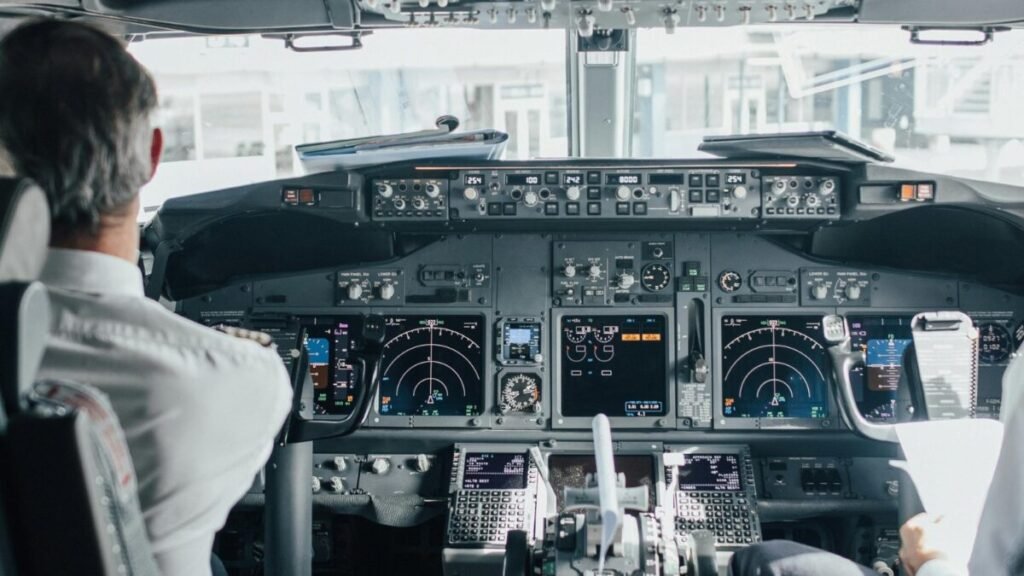“Why was the fuel switched off?” The phrase that sparked the Air India air disaster.

Everything appeared to be going smoothly. A commercial plane destined for Europe had just taken off with more than 250 people on board when a strange event occurred in the cockpit. Shortly after takeoff, the aircraft began to lose power, as if the engines had suddenly stopped for no apparent reason.
A flight that should never have crashed
The initial investigation report indicated that both fuel control switches, typically only used during the landing phase, had been activated. This switch from “run” to “cut-off” stops the fuel supply, causing the engines to shut down almost instantly. One of the pilots, surprised, inquired: “Why did you cut off the fuel?” to which the other pilot replied that he had not.
Both switches were returned to their normal position shortly before the impact. While one engine started to regain power, it was already too late.
An action that cannot be accidental
The controls responsible for cutting off the fuel supply are not easily accessible. These highly secured switches require lifting a safety lock before being moved. Manufactured under strict standards since the 1950s, these devices are designed to prevent accidental activation.
Aviation experts agree that activating both switches unintentionally is highly unlikely. It necessitates a deliberate and conscious movement. It cannot be executed one-handed or accidentally. Despite this, the report does not assign blame, stressing that the investigation is ongoing and no faults have been identified in the aircraft’s design or engines.
Authorities are currently focused on reconstructing the events that led to the critical moment between life and death.
The faces behind the tragedy
The flight, departing from a city in western India bound for London, carried 241 individuals of various nationalities, including Indians, British, Portuguese, a Canadian, and the crew members. Among the survivors was a British citizen rescued from the wreckage.
The tragedy extended beyond the plane occupants. The crash in a densely populated area resulted in the deaths of 19 individuals living in the vicinity. One of the passengers was Lawrence Christian, a young man returning from honoring his deceased father. His devastated wife demanded answers and actions after being informed of the preliminary report.
For many grieving families, the details in the report are difficult to accept. Mario Donadi, a friend of one of the victims, still struggles to comprehend how a “simple switch” could lead to so many fatalities. His friend, Prateek Joshi, had shared a photo with his family just before takeoff. They all perished.
Human error, technical failure, or something else?
The Boeing 787-8 Dreamliner involved in the crash had an impeccable safety record. With over a billion passengers transported safely, there were no indications of defects in the plane or engines.
There were no distress signals from the pilots either. They had passed medical examinations and alcohol tests before the flight and had met the required rest hours. The report confirmed they were in optimal condition to operate the aircraft.
So, what went wrong? Was it a fatal misunderstanding, misinterpretation, or a deliberate act? None of these scenarios can be confirmed at this point. The report refrains from drawing premature conclusions, stating that further analysis of components, recordings, and debris from the aircraft will be conducted.
The anticipated final report, expected within a year, may reveal information that currently seems unimaginable.







